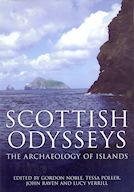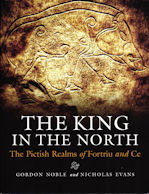The Scottish Archaeological Forum recently held an innovative conference to explore where this allure has brought us at the beginning of the twenty-first century. This authoritative volume gathers together the results of that conference and is invaluable for anybody interested in the archaeology of Scottish islands. The contributors explore how islands have inspired scholars, present new discoveries and reinterpret material from prehistory to the recent past on islands from the Irish Sea to the North Atlantic as well as those that have been moulded in the imagination.
Individual chapters investigate ‘islandness’ in art, literature and archaeology, Irish identity, Bronze Age metalworking, standing stones in Mull, the interaction between island communities and archaeology, Foula, Iron Age land administration, lairds’ houses, the Mesolithic to Neolithic transition, Rathlin Island, Orcadian souterrains and Neolithic North Uist.


